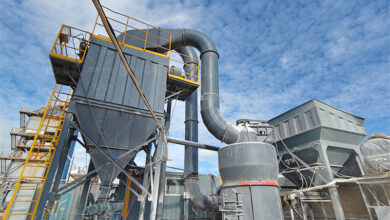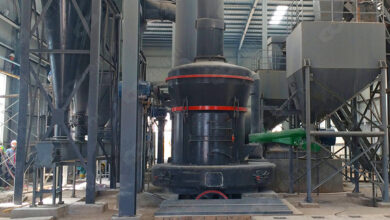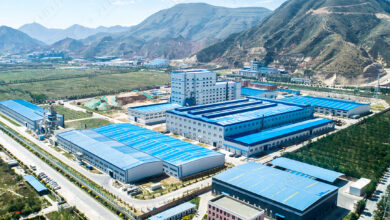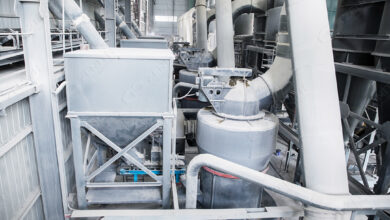How to Properly Install Vibration Isolation for Grinding Mill Foundations
Introduction
Proper vibration isolation is critical for grinding mill installations to ensure operational stability, reduce structural fatigue, and minimize noise pollution. This technical guide provides comprehensive procedures for implementing effective vibration control solutions, with insights from ZENITH’s 30+ years of engineering expertise in mineral processing equipment.
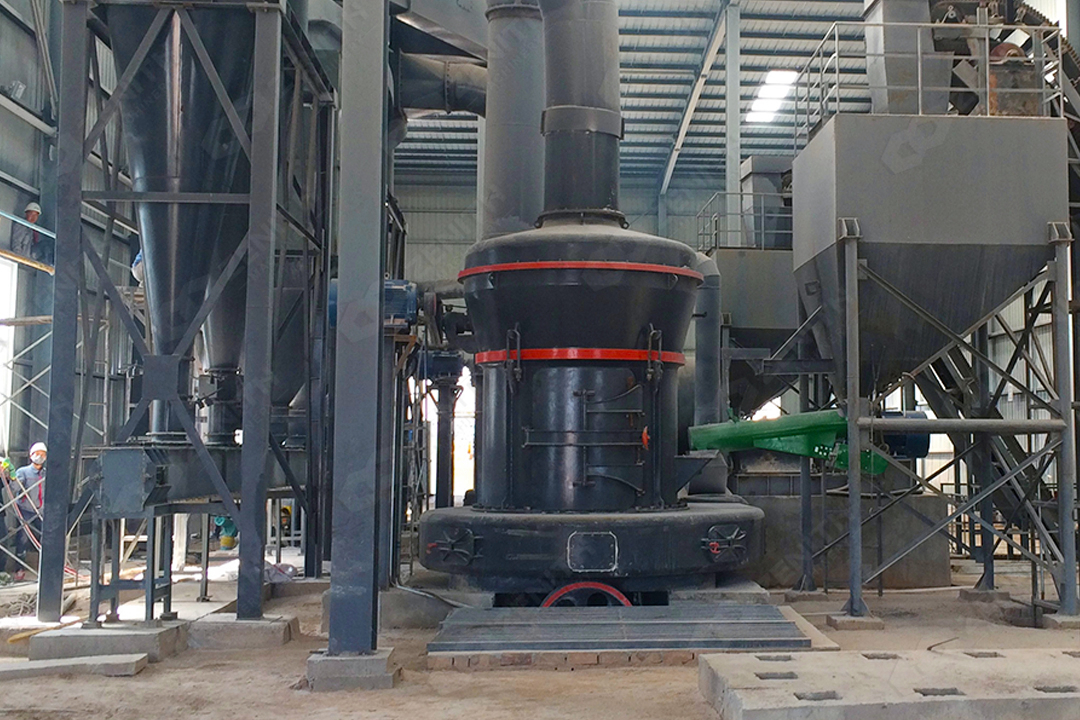
1. Understanding Vibration Sources
Grinding mills generate dynamic forces from:
- Unbalanced rotating components (e.g., 5-15% of rotor weight in hammer mills)
- Material impact forces (up to 3× static load in ball mills)
- Gear transmission harmonics (particularly in MTW Series Trapezium Mills)
2. Foundation Design Principles
For mills like our XZM Ultrafine Mill (45-5μm) with 0.5-25 ton/h capacity:
- Mass ratio: Foundation mass should be 3-5× equipment mass
- Natural frequency: Keep below 60% of operating RPM (e.g., 900 RPM mills need <18Hz)
- Reinforcement: #6 rebar at 200mm spacing for mills >100kW
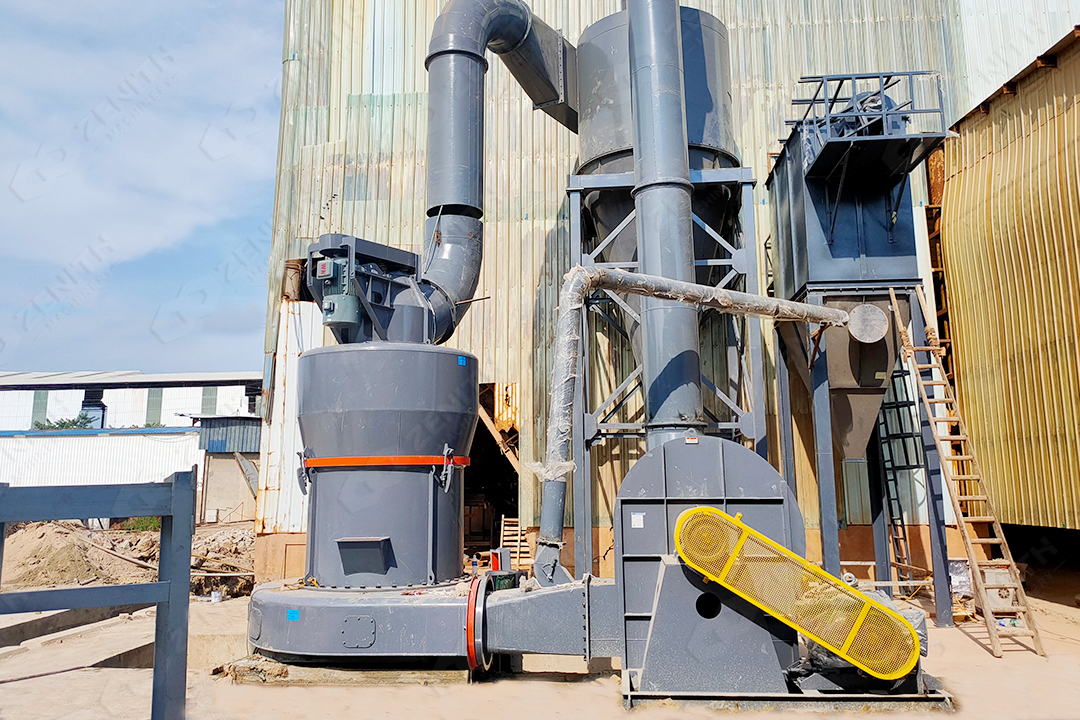
3. Isolation System Selection
For our MTW Series Trapezium Mill (3-45 ton/h capacity), consider:
| Isolator Type | Stiffness Range | Damping Ratio | Best Application |
|---|---|---|---|
| Steel Springs | 50-500 kN/mm | 0.005-0.01 | Large mills (>200kW) |
| Rubber Pads | 10-100 kN/mm | 0.05-0.15 | Medium mills (55-200kW) |
| Air Springs | Adjustable | 0.06-0.20 | Precision mills (XZM series) |
4. Installation Procedure
- Prepare foundation with ±2mm level tolerance
- Apply epoxy grout (minimum 50MPa compressive strength)
- Install isolators with parallel tolerance <0.1mm/m
- For ZENITH’s LM Vertical Mills, maintain 15mm clearance for thermal expansion
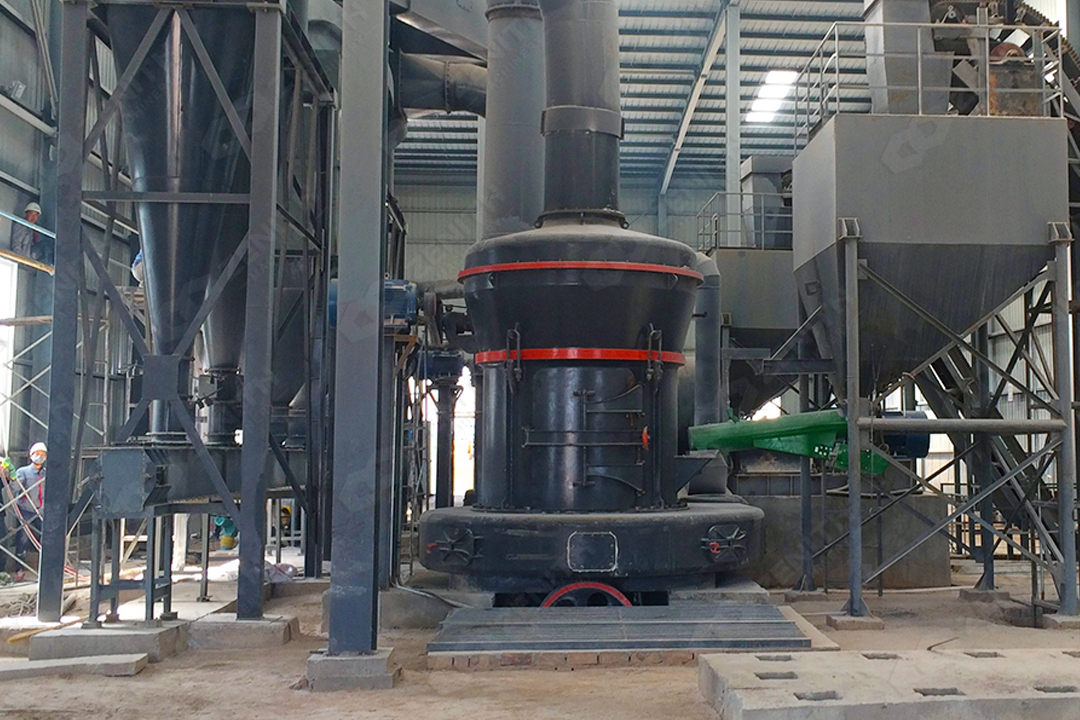
5. Performance Verification
Post-installation checks should confirm:
- Vibration velocity <2.8mm/s (ISO 10816-3 Class B)
- Transmissibility <5% at operating frequency
- No resonant frequencies within ±20% of operating RPM
6. Maintenance Considerations
ZENITH’s patented MRN Pendulum Mill isolation systems require:
- Quarterly stiffness verification (±10% of design value)
- Annual rubber isolator inspection for 15% compression set limit
- Real-time monitoring for mills >315kW (recommended for MTM160 models)
Conclusion
Proper vibration isolation can extend grinding mill service life by 40-60% while reducing energy consumption. ZENITH’s engineering team provides customized isolation solutions for all our grinding equipment, from compact XZM mills to industrial-scale LM vertical mills. Contact our global service network for site-specific technical support.


